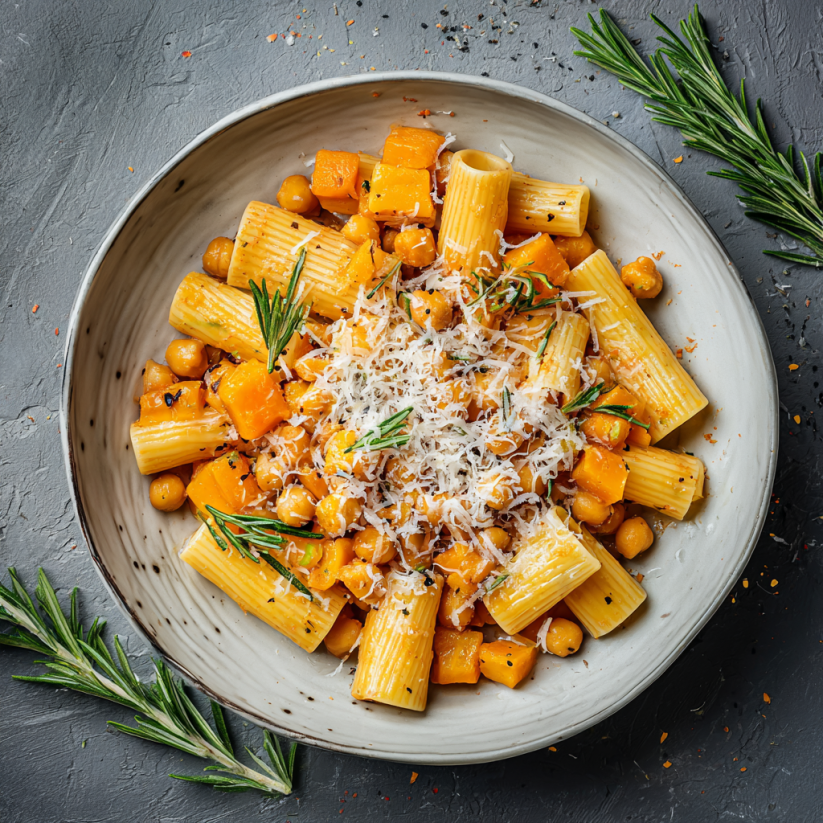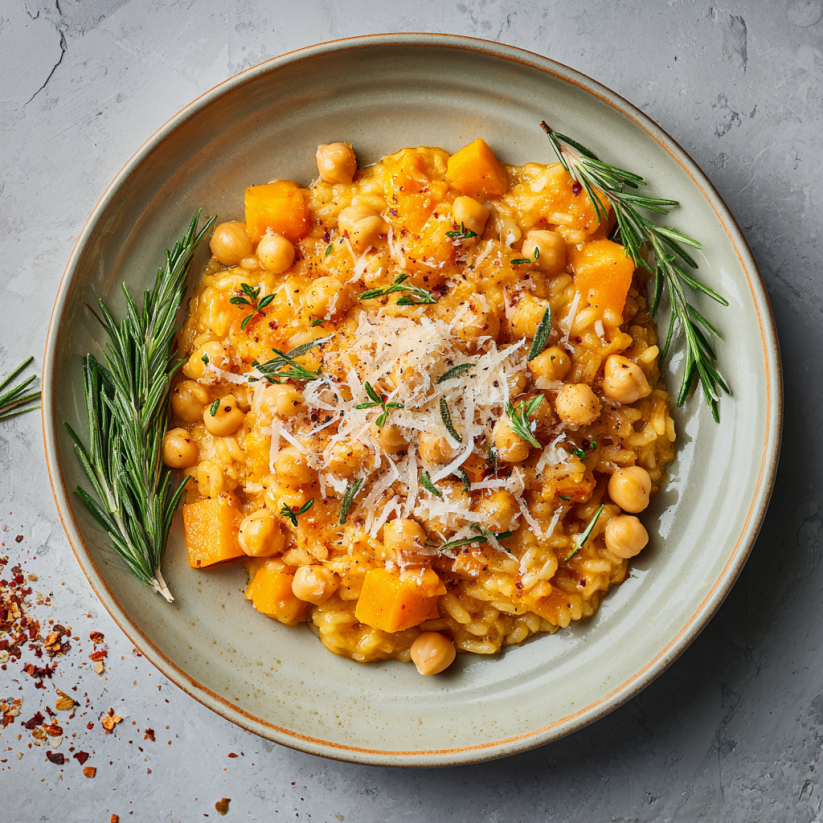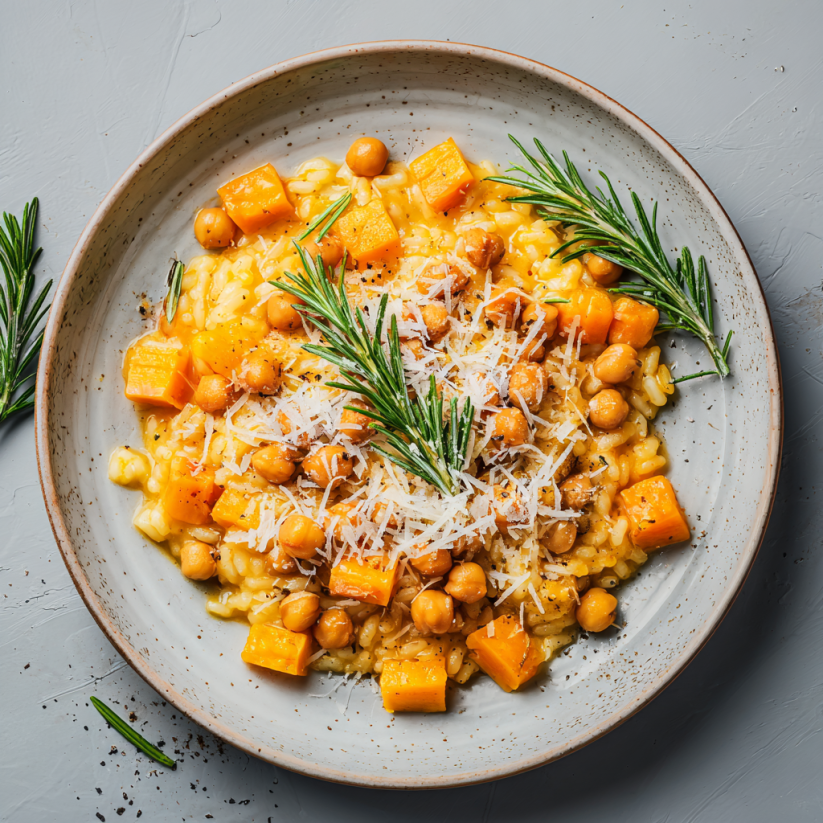 Save
Save
Pasta e Ceci is my go-to comfort food when I need something hearty and wholesome that comes together with simple ingredients. The creamy texture of chickpeas with tender pasta in a savory tomato broth is Italian home cooking at its finest and one bite always reminds me of why so many families rely on this dish for easy weeknight meals.
The first time I tried Pasta e Ceci was while visiting a friend’s grandmother in Rome and every bite tasted like a warm hug. I make it now on cozy rainy nights and it never fails to satisfy everyone at my table.
Ingredients
- Chickpeas: Giant source of plant-based protein and fiber their earthy flavor creates the heart of the dish. I prefer dried chickpeas slow-cooked but canned are super convenient for getting dinner on the table faster.
- Pasta: Small shapes like ditalini or tubetti work best holding up in broth and making each spoonful satisfying. Look for a quality durum wheat pasta for better texture.
- Olive oil: This adds a lush base for sautéing aromatics and finishes the dish with a peppery richness. Extra virgin olive oil is best for drizzling and try to buy it cold-pressed for optimal flavor.
- Onion: Adds essential sweetness and depth to every spoonful. Choose yellow onions with firm skins for best results.
- Garlic: Infuses savory aroma and complexity into the broth. Use fresh garlic and mince finely for a stronger impact.
- Rosemary: Brings a fragrant earthy note. Fresh rosemary is ideal but dried works in a pinch just use less.
- Bay leaf: Layers in subtle earthiness. Always remove before serving.
- Diced tomatoes: Contributes acidity and a juicy base that brightens the dish. Use whole tomatoes chopped for fresher flavor or opt for high-quality canned if fresh are out of season.
- Vegetable broth: Quality broth brings umami and melds flavors together. Homemade or low-sodium boxed will ensure your soup does not taste overly salty.
- Parsley: A hit of brightness and color at the end. Choose flat-leaf parsley for the best texture and strongest flavor.
Step-by-Step Instructions
- Prepare the Chickpeas:
- If you are starting with dried chickpeas soak them in plenty of water overnight so they rehydrate fully and cook evenly. After soaking drain and rinse them then simmer in fresh water until tender which can take about ninety minutes. If you are using canned chickpeas just drain and rinse to remove extra salt.
- Sauté the Aromatics:
- Heat olive oil in your largest soup pot over medium heat so the bottom is fully covered. Add finely chopped onion and cook until translucent and very soft about seven minutes stirring gently so it does not brown. Sprinkle in minced garlic rosemary and bay leaf and continue to stir for another two minutes until everything is fragrant and the garlic releases its oils but does not burn.
- Cook the Tomatoes:
- Pour in diced tomatoes and stir well to pick up any flavorful bits stuck to the bottom. Simmer for five minutes letting the tomatoes break down and meld with the onions and garlic. This step concentrates the tomato flavor and sweetens them as they reduce.
- Simmer the Broth:
- Add vegetable broth and gently stir to combine all the flavors. Drop in your cooked or canned chickpeas. To make the soup even creamier mash about a third of the chickpeas directly in the pot with a potato masher or fork which thickens the texture and gives it more body.
- Cook the Pasta:
- Bring the mixture back up to a gentle simmer then add the dry pasta. Stir frequently especially at the beginning to keep the pasta from sticking together or to the pot bottom. Cook uncovered until the pasta is just al dente usually eight to ten minutes. The pasta will absorb some broth so add a splash more broth or hot water if you want a soupier consistency.
- Season and Serve:
- Taste and adjust seasoning with salt and black pepper. Remove the bay leaf and rosemary sprig before serving as their job is done. Spoon hot Pasta e Ceci into deep bowls. Finish with a generous drizzle of extra virgin olive oil and scatter chopped fresh parsley on top for color and freshness.
 Save
Save
There is something special about using really good olive oil here. My favorite version uses a grassy green extra virgin olive oil I brought back from Florence which gives each bite a rich peppery note that always reminds me of that wonderful trip with family gathered around the dinner table.
Storing Your Leftovers
Pasta e Ceci keeps well in the refrigerator for up to three days. Store it in a tightly sealed container and add a splash of vegetable broth or water before reheating as the pasta tends to absorb liquid and thicken as it sits. I find that the flavors only deepen and improve by day two.
Ingredient Swaps
No ditalini on hand Use small shells elbows or even broken spaghetti to mimic the traditional texture. If you are out of fresh rosemary dried will work at one third the amount. For a gluten-free meal select a sturdy gluten-free pasta and check that your broth is certified gluten free.
Serving Suggestions
This dish makes a satisfying main course served in big bowls with a side of crusty bread to mop up the broth. A simple green salad with a lemony dressing pairs perfectly on the side. If you like a little heat sprinkle with red chili flakes just before serving.
 Save
Save
A Little History
Pasta e Ceci comes from the cucina povera tradition where resourceful cooks transformed inexpensive basics into deeply flavorful meals. Each region of Italy puts its own spin on the dish some adding anchovy garlic or even saffron. Whatever variation you make the essence is always nourishing simplicity.
Common Recipe Questions
- → Which type of pasta works best?
Small shapes like ditalini, tubetti, or even broken spaghetti are ideal as they absorb broth and pair well with chickpeas.
- → Can canned chickpeas be used?
Absolutely. Canned chickpeas save time and are easily substituted for dried, just be sure to drain and rinse them first.
- → How can I achieve a thicker broth?
Mash a portion of the chickpeas as the dish simmers. This releases starches, resulting in a creamier, thicker consistency.
- → What herb complements the dish best?
Rosemary and bay leaf add a deep, earthy aroma and flavor, while a final touch of fresh parsley brings brightness.
- → Should pasta be cooked separately?
Letting the pasta cook directly in the broth enhances its texture and flavor as it absorbs the surrounding aromatics.
- → Is the dish vegan?
Yes, using vegetable broth and no dairy maintains a fully plant-based, nutritious meal.
